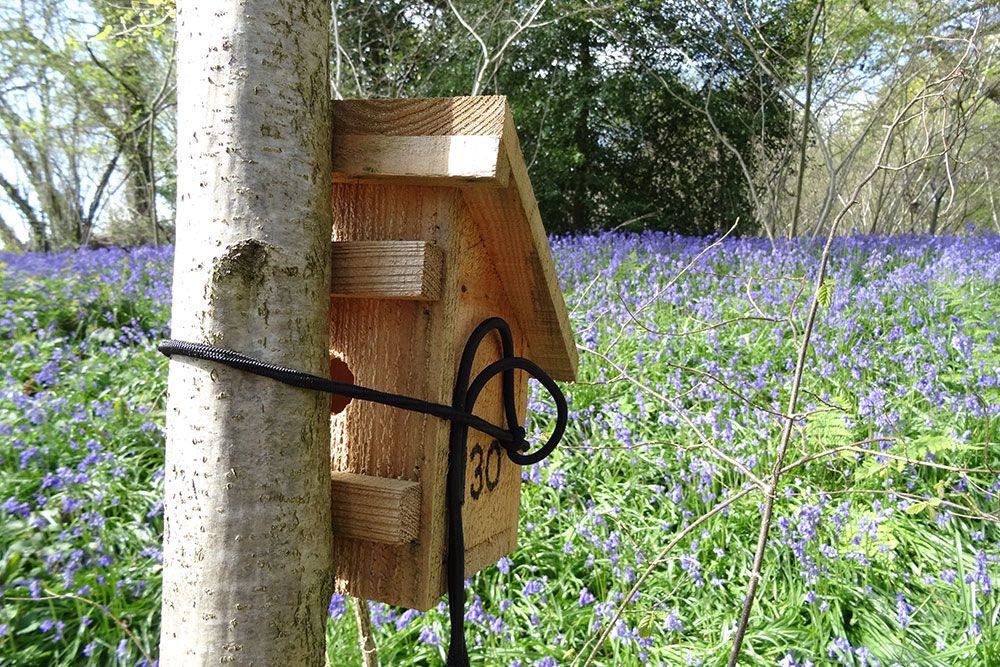Hazel dormice FAQs

Frequently asked questions
Why is it important to have dormice in the environment?
Hazel dormice are a European Protected Species and one of our native mammals and so from a legal perspective, we have a duty of care for dormice and from a moral perspective we have a responsibility to protect our native fauna. Dormice are also a very enigmatic species that people both like to see and have in their environment. They generally live in diverse, well-structured woodland, hedgerows and scrub and as a species they can promote suitable woodland and hedge management to create this type of habitat. A diverse range of other species such as flowers, butterflies, birds and bats also benefit from this type of habitat and so what is good for dormice is good for a broad range of both flora and fauna.
How successful have the last reintroductions been?
Since 1993 hazel dormice have been released at 20 sites. At five sites they are considered no longer to be present probably due to a lack of ongoing woodland management, at ten sites they are considered to be still within the wood in which they were released and at five site they are known to have dispersed beyond the woodland where they were released.
We have a wood of approximately an acre adjoining our garden and we understand from the previous owners that there were/are dormouse in it, although we have never seen any signs. We would be happy for you to release dormouse into it if you wished, we are in North Devon.
Dormouse reintroductions are hard to do and so we only manage to undertake one a year. Finding suitable woods of about 20 ha that will be managed in the future is difficult .The aim is to use the dormouse reintroduction programme to restore dormice from Counties where the populations are either very low or extinct. As Devon is a dormouse hotspot in the UK I’m afraid that we wouldn’t consider undertaking a reintroduction there.
We have a hedge on the boundary of a new leased reserve and are planning to lay it. A dormouse survey of the hedge identified a nest in a tube. Is a survey of the base of the hedge looking for hibernation necessary in advance of laying?
Our view with most woodland or hedge management with dormice present, is to proceed as long as it is at an appropriate scale. At some point in their cycle hedges will require laying or coppicing to stop them either dying out or developing into a line of trees. From a dormouse point of view laying is better than coppicing as it maintains a connective link even if it doesn’t provide a food source in the short term.
The nest you found may have been a dispersing juvenile or an adult but in either case my prescription would be the same. Lay the hedge in whatever style is appropriate for the area – if a hibernation next is found in the process, leave it where it is and stop laying that stool and proceed to one about 5m distant and continue. Those stools left in the locality of the hibernating dormouse don’t lay but trim to the height of the hedge so they don’t look out of place.
Is there a way of linking the NDMP data to the licence return data, so we don’t have to re-enter the same data?
Unfortunately it is not possible to link the NDMP data entry to the licence return data entry because:
a) the data is stored in different databases so difficult to link up
b) the data required for each is different – summary data for the license return database (LRD) and full biometric data for the NDMP
c) the NDMP data is for the whole site rather than what each individual monitor has done
We have improved the LRD form so that multiple visits can be added to the same site and we have sought to make adding NDMP data simpler by making the questions asked relevant to the individual monitors
We have been working to save hazel dormice in the UK for over 20 years. Find out about our campaigns and how you can help:
